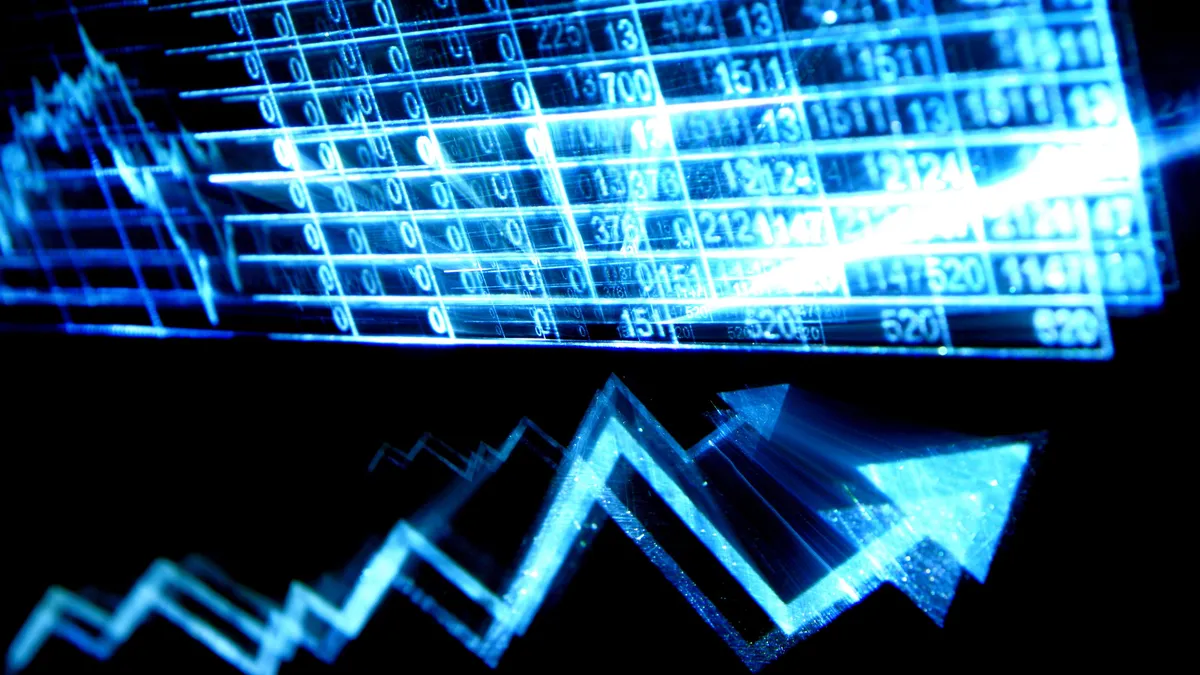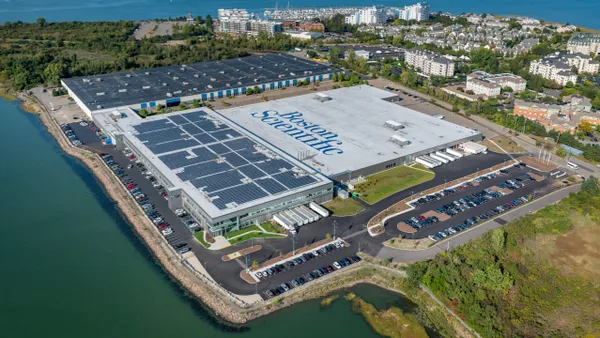Dive Brief:
-
Regulations and negative patient perceptions will throttle growth of the neuromodulation market over the next decade, according to market research by GlobalData.
-
The research challenges the perception that electrical stimulation devices will soon address a range of unmet neurological medical needs and usher in a golden era for neuromodulation.
-
GlobalData still expects the value of the market to double by 2028 but warns the industry's future rests on a few experimental results.
Dive Insight:
The use of electrical stimulation to treat disease goes back centuries, but its popularity has ebbed and flowed over time. In recent years, understanding of the mechanisms by which electricity inhibits and stimulates neural impulses to relieve symptoms has advanced in parallel to the miniaturization of electronic circuits, raising hopes that external and implantable devices will address unmet medical needs such as pain and epilepsy.
Those hopes have attracted investment. GlaxoSmithKline and Alphabet's Verily committed around $700 million to a bioelectronics joint venture, Galvani Bioelectronics, in 2016, and the venture capital wing of Johnson & Johnson is among the groups to invest in startups in the space.
However, GlobalData sees reasons to temper optimism about the near-term prospects of the field. The market research organization thinks the cost of neuromodulation devices, shortage of physicians trained in their use and stringent regulations will hold back growth. GlobalData is also concerned that some patients will be unwilling to have neurological pacemakers implanted, even if they suffer from a disease that cannot be treated effectively by other means.
The analysts predict these factors will limit the neuromodulation market to a compound annual growth rate of 8% from 2018 to 2028. That would see the size of the market grow from $4.7 billion to $10.9 billion in a decade. To grow more, the sector will need to address its shortcomings.
"Global market growth will only mature upon robust investigations of the device mechanism and long term effects. Technical and clinical evidence will be a necessity during this growth, for both investors and patients globally," Hanuel Park, medical devices analyst at GlobalData, said in a statement.
GlobalData also highlighted the risk that R&D setbacks will cause growth to stall completely. As Park and his colleagues see it, the prospects of the sector rest on a few device development programs. If these deliver weak data, the market could fall short of the forecast growth rate.










